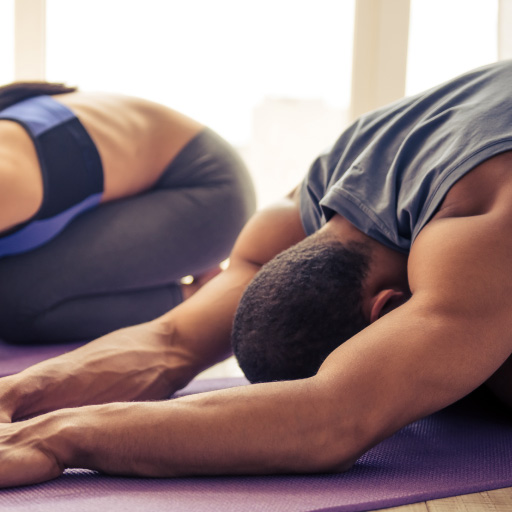

Difficulties with sleep imply a disruption in your body’s natural cycle of sleep and wakefulness.
Sleep disturbances don’t always have a specific cause, and can be a result of different factors. Before we look into why they occur, it is important to understand that there are different types of sleep difficulties, and the causes of each can differ.
Acute or short-term difficulties in falling asleep can be explained by physical disturbances such as pain or illness; environmental factors like uncomfortable light, noise and temperatures as well as alcohol use; and situational stress from life events, such as migration to a new city, loss of a job or death of a loved one.
For sleep difficulties that are more long-term, psychiatric conditions like depression and anxiety might play a role, as well as asthma, chronic pain and stress.
Stress and anxiety are the most common causes of sleep problems. Anxiety results in racing thoughts, hyperarousal and intense emotions like fear. Stress and anxiety both contribute to the activation of the sympathetic nervous system, leading to physical tension in the body and the release of hormones such as adrenaline, cortisol and norepinephrine. These hormones prepare your body for a fight or flight response by increasing your blood pressure, heart rate, energy and alertness. Anxiety can thus prevent you from falling and staying asleep at night. A relaxed body can aid your transition to sleep with the parasympathetic nervous system overriding the sympathetic nervous system and preventing this stress response.
A lack of sleep can further add to your stress and anxiety. Consistently practising forms of relaxation can help you manage stress throughout the day and de-stress at night, which can aid in improving your sleep. These techniques are safe since they have no side effects or risks, and can be used in combination with other techniques for better sleep, such as CBT for Insomnia and sleep hygiene. Meditation is also beneficial to manage anxiety, depression, blood pressure and pain. Deep breathing can increase the oxygen level in the body, helping your body work less hard; and slowly exhaling can mimic your breathing at the time of falling asleep. Such techniques are also in your control, and easy to include in your daily routine. Their ease of access and low cost also make them suitable for everyone.
There are multiple ways that you can relax and de-stress yourself before you sleep.
Here Are 4 Techniques For Sleep Relaxation
- Mindful Breathing. Close your eyes and shift your attention to your breathing. Focus on your natural inhalation and exhalation, and notice the tension in your body. Visualise your breath reaching different parts of your body, and imagine the tension leaving your body when you exhale.
- 4-7-8 Breathing. Get in a comfortable position, with your eyes either open or closed. Inhale for four seconds, hold your breath for seven seconds, and slowly exhale for eight seconds. Repeat this process to relax your body.
- Abdominal Breathing. Put one hand on your chest, and another on your stomach while lying down or while sitting in a comfortable position. Inhale through your nose, and feel the way your belly expands with air. Exhale slowly through your mouth and repeat.
- Guided Imagery. Close your eyes and make yourself comfortable. Visualise a relaxing scene or image. You can also imagine a more organised scene that tells a story, or recall a calming memory or activity. Add on as many details to the scene as you can. This can help shift the focus from your worries to a more relaxing image or idea.
Whenever you find your attention wandering to a different thought, remind yourself to acknowledge it and let it go. Try to redirect your focus to what you’re doing.
In addition, try to ensure that the environment that you sleep in is conducive to relaxation. Keep your room dark and quiet when you go to bed. Find a soothing bedtime routine that can help you wind down and get ready to sleep, such as reading or taking a warm bath. Avoid staying in bed or looking at the time if you’re not sleepy since it can keep your mind awake and make you frustrated.
Try to be regular with your relaxation practices. However, if your sleep difficulties persist, or are causes of significant distress such as sleep apnea, restless legs syndrome or narcolepsy, reach out to a professional.
Source: InnerHour















